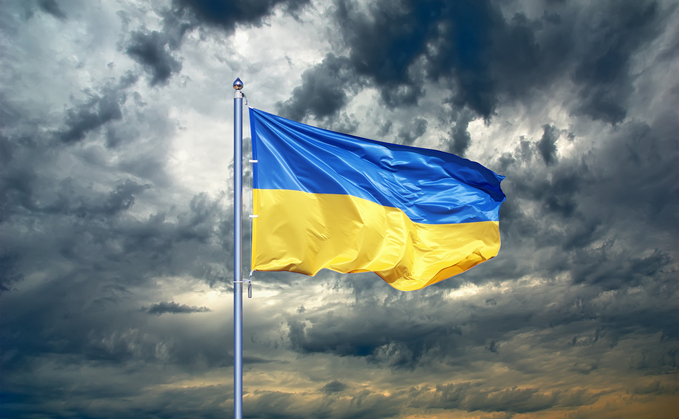
There has been no shortage of challenges for the global economy and markets in recent years. "When sorrows come, they come not single spies, but in battalions," to quote from Hamlet.1 Significant geopolitical upheaval centered around Russia's invasion of Ukraine has followed on the heels of the pandemic. Recent developments in Ukraine have led to many questions regarding the implications of the geopolitical conflict for global growth, inflation and the markets.
Macro implications
The key question in the macro context is whether the current crisis will create a sufficient global growth shock to derail high inflation in the medium term. It is clear the war in Ukraine is leading to increased inflationary pressures via the energy and commodity markets as well as a slowdown in growth, renewing fears of global stagflation. Historically, wars tend to be associated with higher inflation and higher bond yields.
These supply-side, exogenous shocks are not ones central banks should react to, but going into the crisis inflation was already uncomfortably high and persistent. Headline inflation will undoubtedly rise. What the potential impact on growth will be is less straightforward. The magnitude of the global growth shock is as yet unclear. It will depend on the severity and duration of the war, sanctions (which are escalating) and the announcement of any new fiscal spending.
Global growth was on a very solid footing before the war in Ukraine. The key risk now is significantly higher commodity prices, which in the worst case could trigger a global recession. In general, at this point, we believe the war and sanctions will take their toll more on inflation than on growth. Consequently, we expect central banks to tread more carefully but not change their plans for rate hikes. Fat tail risks persist that could potentially materialize as a growth shock that then leads central banks to reverse course.
There will be clear regional divergences, though, because countries will be affected differently by the energy markets (importers vs. exporters) and the trade channel, as well as varying fiscal and monetary policy tools available to governments and central banks.
Europe
Europe is clearly the region most exposed to Russia's invasion of Ukraine. We are likely to see a technical recession in Germany with two quarters of negative growth (fourth quarter 2021 and first quarter 2022). Nevertheless, the eurozone began the year with a relatively high degree of growth expected for 2022 (a little over 4% in GDP growth consensus forecasts) as the output gap in the economy continued to close at a healthy pace following the post-COVID reopening. It is difficult to say if all this expected growth will be wiped out or not. It will likely depend on whether there is a further escalation of sanctions (e.g., oil or gas embargoes) given the reliance of the eurozone on Russian energy (particularly gas, for Germany and Italy).
The associated decline in real disposable incomes is likely to lead to demand destruction. Stagflation — a simultaneous increase in inflation and stagnation of economic output — is a real concern for the eurozone. It will be key to analyze the March consumer sentiment and business confidence indicators to assess the magnitude of the demand shock. Stagflation is traditionally bad for long-duration nominal assets and not conducive to positive real returns in either fixed income or equities, particularly when there are high starting levels of valuations.
In this context, the European Central Bank (ECB) has the toughest challenge of the major central banks ahead. It may defer taking action on rate hikes for now and insist on complete flexibility to deal with the uncertainty ahead with a strong focus on data dependency. The sequencing of first ending purchase programs and then hiking will be maintained and the PEPP (Pandemic Emergency Purchase Program) will end as expected with the APP (Asset Purchase Program) also likely to end later this year. New policy tools may be introduced to deal with any potential fragmentation within the eurozone (e.g., higher funding costs for periphery versus core countries) or unwarranted tightening of financial conditions.
A close eye needs to be kept on the new ECB staff projections, which should be an early indicator of the implications of the geopolitical situation for growth and inflation. The ECB will be monitoring the path of the euro. The euro-US dollar exchange rate is currently heading quickly to levels not seen since the height of the pandemic in the spring of 2020.
Click on the button below to learn more about US and China outlook and how large dislocations are starting to emerge in the credit markets in the current uncertain landscape.
This post was funded by MFS









